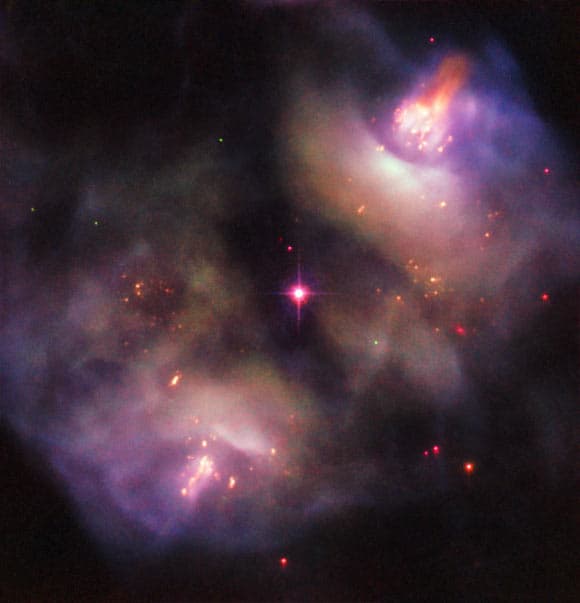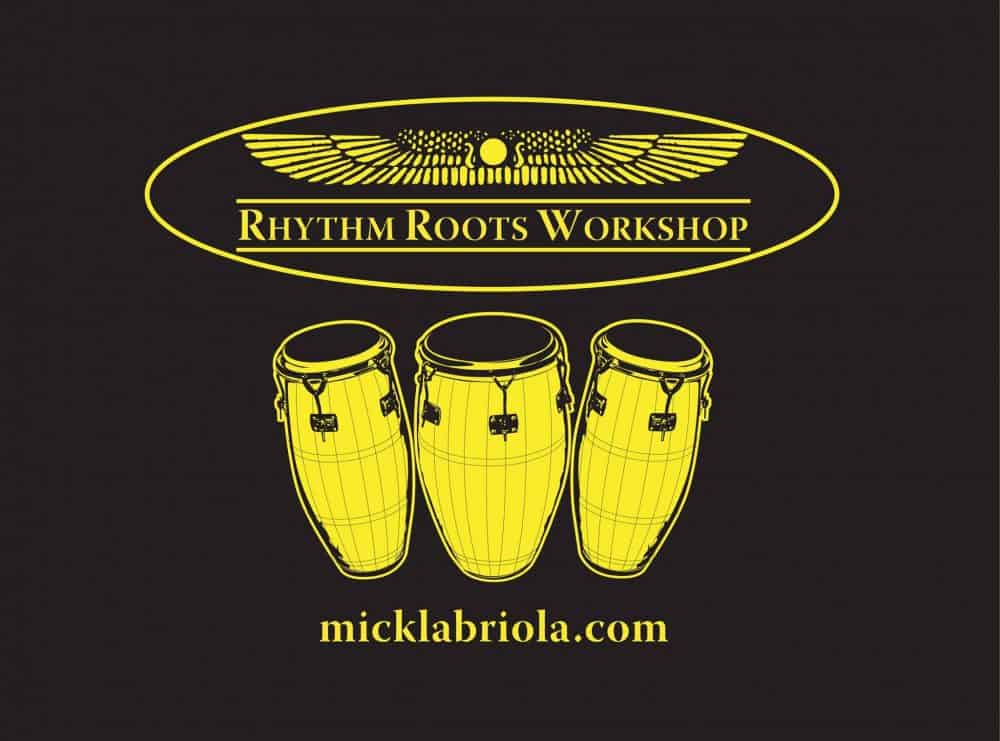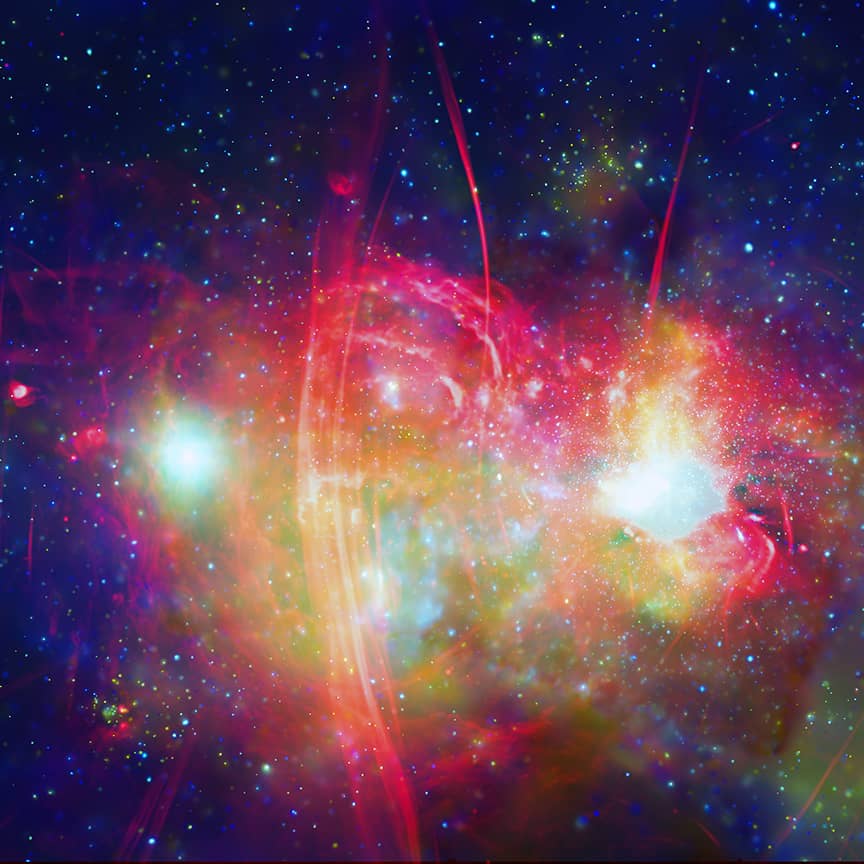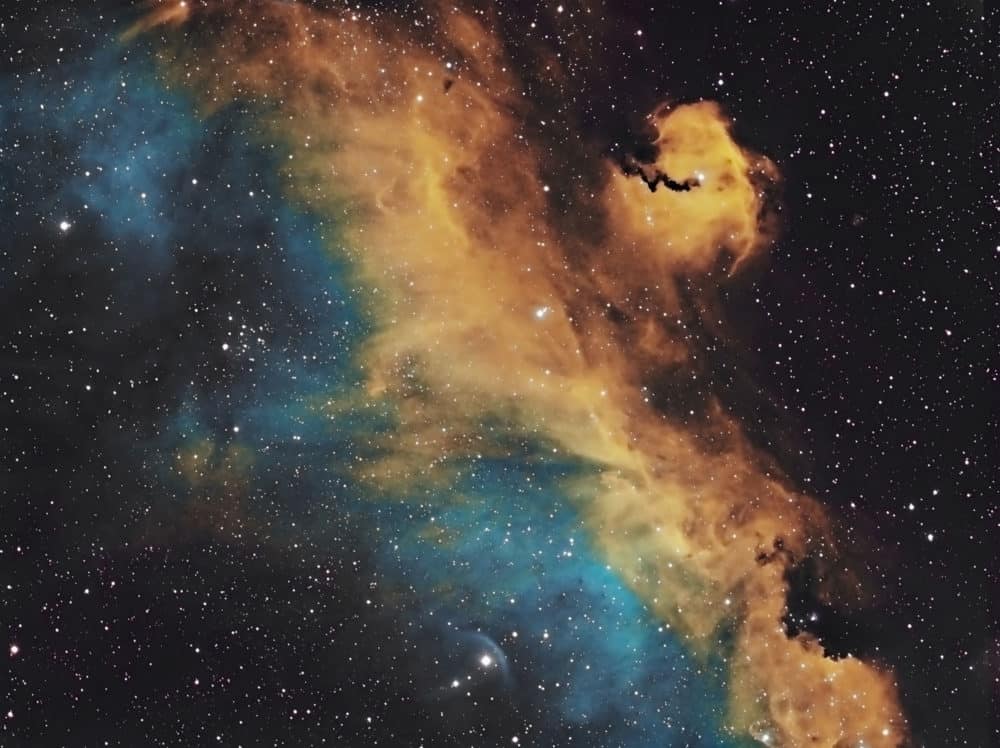Blog
Frank Rosolino (August 20, 1926 – November 26, 1978) was an American jazz trombonist. Born in Detroit, Michigan, Frank Rosolino studied the guitar with his father from the age of 9. He took up the trombone at age 14 while he was enrolled at Miller High School, where he played with Milt Jackson in the school’s stage band and small group. He did not graduate. He joined the 86th Division Army Band during World War II. Following his time in the Army, he returned home to Detroit. He performed in the Mirror Ballroom or the Bluebird with other musicians, such as Kenny Burrell, Paul Chambers, Tommy Flanagan, and the Jones brothers, Hank, Thad, and Elvin). He played with Charlie Parker in the 3 Deuces on 52nd Street in New York City.
During these years Rosolino was also performing with the big bands of Bob Chester, Glen Gray, Tony Pastor, Herbie Fields, Gene Krupa, and Stan Kenton. After a period with Kenton he settled in Los Angeles, where he performed with Howard Rumsey‘s Lighthouse All-Stars (1954–1960) in Hermosa Beach.
Throughout the 1960s and 1970s, between nightclub engagements, Rosolino was active in many Los Angeles recording studios where he performed with such notables as Frank Sinatra, Sarah Vaughan, Tony Bennett, Peggy Lee, Mel Tormé, Michel Legrand, and Quincy Jones. In the mid-to-late 1960s he and fellow trombonist Mike Barone, billed as “Trombones Unlimited,” recorded for Liberty Records several albums of pop-style arrangements of current hits, such as the 1968 album “Grazing in the Grass.”
more...
James Elbert Raney (August 20, 1927 – May 9, 1995) was an American jazz guitarist born in Louisville, Kentucky, known for his work from 1951 to 1952 and then from 1953 to 1954 with the Red Norvo trio (replacing Tal Farlow) and, during the same time period, with Stan Getz. In 1954 and 1955, he won the Down Beat Critics’ Poll for guitar. Raney worked in a variety of jazz mediums, including cool jazz, bebop, post bop, hard bop, and mainstream jazz.
In 1946, he worked for a time as guitarist with the Max Miller Quartet at Elmer’s in Chicago, his first paying gig. Raney also worked in the Artie ShawOrchestra and collaborated with Woody Herman for nine months in 1948. He also collaborated and recorded with Buddy DeFranco, Al Haig and later on with Bob Brookmeyer. In 1967 alcoholism and other professional difficulties led him to leave New York City and return to his native Louisville. He resurfaced in the 1970s and also did work with his son Doug, who was also a guitarist.
Raney suffered for thirty years from Ménière’s disease, a degenerative condition that led to near deafness in both ears, although this did not stop him from playing. He died of heart failure in Louisville on May 10, 1995. His obituary in the New York Times called him “one of the most gifted and influential postwar jazz guitarists in the world”.
more...NGC 2371/2 is located approximately 4,300 light-years away in the constellation Gemini. This nebula confused astronomers when it was first studied — rather than being classified as a single object, it was instead recorded as two objects, named NGC 2371 and NGC 2372, owing to its symmetrical lobed structure. “NGC 2371/2 formed when a Sun-like star reached the end of its life and blasted off its outer layers, shedding the constituent material and pushing it out into space to leave just a superheated stellar remnant behind,” Hubble astronomers explained. “This remnant is visible as the orange-tinted star at the center of the frame, sitting neatly between the two lobes.” The remnant star is the super-hot core of the red giant. Its surface temperature is a scorching 240,000 degrees Fahrenheit (134,000 degrees Celsius). “The structure of this region is complex,” the scientists said. “It is filled with dense knots of gas, fast-moving jets that appear to be changing direction over time, and expanding clouds of material streaming outwards on diametrically opposite sides of the remnant star.” “Patches of this scene glow brightly as the remnant star emits energetic radiation that excites the gas within these regions, causing it to light up.” “This scene will continue to change over the next few thousand years; eventually the knotty lobes will dissipate completely, and the remnant star will cool and dim to form a white dwarf.”
more...John Lester “Johnny” Nash, Jr. (born August 19, 1940) is an American reggae and pop music singer-songwriter, best known in the US for his 1972 hit, “I Can See Clearly Now“. He was also one of the first non-Jamaican singers to record reggae music in Kingston, Jamaica.
Born John Lester Nash Jr. in Houston, Texas, he began as a pop singer in the 1950s. He released four albums for ABC-Paramount, with his self-named debut in 1958. Around 20 singles were released between 1958 and 1964 on a variety of labels such as Groove, Chess, Argo and Warners. He also enjoyed success as an actor early in his career, appearing in the screen version of playwright Louis S. Peterson‘s Take a Giant Step. Nash won a Silver Sail Award for his performance from the Locarno International Film Festival.
In 1965, Johnny Nash and Danny Sims formed the JODA Records label in New York. One of the more interesting signings was four brothers from Newport, Rhode Island, ages 9, 11, 15 and 16, called The Cowsills; this was prior to their later signing with Mercury/Philips, and then MGM, for whom they had their first million-selling hit single, “The Rain, The Park & Other Things“. The Cowsills went into the studio in New York with session musicians and recorded a number of songs like “Either You Do Or You Don’t” and “You Can’t Go Halfway”. Eventually The Cowsills wrote and recorded their own song, “All I Really Wanta Be Is Me”, which became the group’s debut single release on JODA (J-103).
more...James George Hunter (August 19, 1918 – May 28, 1996), known professionally as Jimmy Rowles, was an American jazz pianist, vocalist, and composer. As a bandleader and accompanist, he explored various styles including swing and cool jazz Rowles was born in Spokane, Washington and attended Gonzaga University in that city. After moving to Los Angeles, he joined Lester Young‘s group in 1942. He also worked with Benny Goodman, Woody Herman, Les Brown, Tommy Dorsey, Tony Bennett, and as a studio musician. Rowles was praised as an accompanist by female singers. He recorded Sarah Vaughan with the Jimmy Rowles Quintet with Sarah Vaughan and accompanied Carmen McRae on her 1972 live album The Great American Songbook. McRae described Rowles as “the guy every girl singer in her right mind would like to work with”.
Sagittarius A* (pronounced “Sagittarius A-Star”, abbreviated Sgr A*) is a bright and very compact astronomical radio source at the center of the Milky Way, near the border of the constellations Sagittarius and Scorpius. It is likely the location of a supermassive black hole, similar to those generally accepted to be at the centers of most if not all spiral and elliptical galaxies.
Observations of a number of stars orbiting around Sagittarius A*, most notably the star S2, have been used to provide evidence for the presence of, and produce data about, the Milky Way’s hypothesized central supermassive black hole, and have led some scientists to conclude that Sagittarius A* is beyond any reasonable doubt the site of that black hole. Distance 22 pc
more...
Sonny Til (the stage name of Earlington Carl Tilghman) (August 18, 1928 – December 9, 1981) was an American singer. He was the lead singer of The Orioles, a vocal group from Baltimore, Maryland, inducted into the Rock and Roll Hall of Fame in 1995.
By 1960 Til was the only original member left. He led the Orioles from its establishment until his death in 1981 of heart failure, complicated by diabetes.
more...Enoch Henry Light (18 August 1905, in Canton, Ohio – 31 July 1978, in Redding, Connecticut) was a classically trained violinist, danceband leader, and recording engineer. As the leader of various dance bands that recorded as early as March 1927 and continuing through at least 1940, Light and his band primarily worked in various hotels in New York. For a time in 1928 he also led a band in Paris. In the 1930s Light also studied conducting with the French conductor Maurice Frigara in Paris.
Throughout the 1930s, Light and his outfits were steadily employed in the generally more upscale hotel restaurants and ballrooms in New York that catered to providing polite ambiance for dining and functional dance music of current popular songs rather than out and out jazz. (It must be remembered that at the time there was always some crossover between popular and jazz music and that the most successful bandleaders frequently played a mixture of both to some extent in order to cater to the demands of their audiences, although the bands employed in swank hotel ballrooms were generally far more subdued in nature.)
At some point his band was tagged “The Light Brigade” and they often broadcast over radio live from the Hotel Taft in New York where they had a long residency. Through 1940, Light and his band recorded for various labels including Brunswick, ARC, Vocalion and Bluebird. Later on, as A&R (Artists and Repertoire) chief and vice-president of Grand Award Records, he founded his own label Command Records in 1959. Light’s name was prominent on many albums both as musician and producer.
Light is credited with being one of the first musicians to go to extreme lengths to create high-quality recordings that took full advantage of the technical capabilities of home audio equipment of the late 1950s and early 1960s, particularly stereo effects that bounced the sounds between the right and left channels (often described as “Ping-pong recording“), which had huge influence on the whole concept of multi-track recording that would become commonplace in the ensuing years.[citation needed] Doing so, he arranged his musicians in ways to produce the kinds of recorded sounds he wished to achieve, even completely isolating various groups of them from each other in the recording studio. The first of the albums produced on his record label, Command Records, Persuasive Percussion, became one of the first big-hit LP discs based solely on retail sales. His music received little or no airplay on the radio, because AM radio, the standard of the day, was monaural and had very poor fidelity. Light went on to release several albums in the Persuasive Percussion series, as well as a Command test record.
more...Antonio Salieri (Italian: [anˈtɔːnjo saˈljɛːri]; 18 August 1750 – 7 May 1825) was an Italian classical composer, conductor, teacher and rival of Wolfgang Amadeus Mozart. He was born in Legnago, south of Verona, in the Republic of Venice, and spent his adult life and career as a subject of the Habsburg Monarchy.
Salieri was a pivotal figure in the development of late 18th-century opera. As a student of Florian Leopold Gassmann, and a protégé of Christoph Willibald Gluck, Salieri was a cosmopolitan composer who wrote operas in three languages. Salieri helped to develop and shape many of the features of operatic compositional vocabulary, and his music was a powerful influence on contemporary composers.
Appointed the director of the Italian opera by the Habsburg court, a post he held from 1774 until 1792, Salieri dominated Italian-language opera in Vienna. During his career he also spent time writing works for opera houses in Paris, Rome, and Venice, and his dramatic works were widely performed throughout Europe during his lifetime. As the Austrian imperial Kapellmeister from 1788 to 1824, he was responsible for music at the court chapel and attached school. Even as his works dropped from performance, and he wrote no new operas after 1804, he still remained one of the most important and sought-after teachers of his generation, and his influence was felt in every aspect of Vienna’s musical life. Franz Liszt, Franz Schubert, Ludwig van Beethoven, Johann Nepomuk Hummel and Franz Xaver Wolfgang Mozart were among the most famous of his pupils.
Salieri’s music slowly disappeared from the repertoire between 1800 and 1868 and was rarely heard after that period until the revival of his fame in the late 20th century. This revival was due to the dramatic and highly fictionalized depiction of Salieri in Peter Shaffer‘s play Amadeus (1979) and its 1984 film version. The death of Wolfgang Amadeus Mozart in 1791 at the age of 35 was followed by rumors that he and Salieri had been bitter rivals, and that Salieri had poisoned the younger composer, yet it is likely that they were, at least, mutually respectful peers.
more...https://www.youtube.com/watch?v=l7ZOxSAUQAU
more...IC 2177 is a region of nebulosity that lies along the border between the constellations Monoceros and Canis Major. It is a roughly circular H II regioncentered on the Be star HD 53367. This nebula was discovered by Welsh amateur astronomer Isaac Roberts and was described by him as “pretty bright, extremely large, irregularly round, very diffuse.”
The name Seagull Nebula is sometimes applied by amateur astronomers to this emission region, although it more properly includes the neighboring regions of star clusters, dust clouds and reflection nebulae. This latter region includes the open clusters NGC 2335 and NGC 2343.
NGC 2327 is located in IC 2177. It is also known as the Seagull’s Head, due to its larger presence in the Seagull nebula.
more...Luther Allison (August 17, 1939 – August 12, 1997) was an American blues guitarist. He was born in Widener, Arkansas, and moved with his family to Chicago in 1951. He taught himself guitar and began listening to blues extensively. Three years later he began hanging around outside blues nightclubs with the hopes of being invited to perform. He played with Howlin’ Wolf‘s band and backed James Cotton.
Allison’s big break came in 1957, when Howlin’ Wolf invited him to the stage. Freddie King took Allison under his wing, and after King got a record deal, Allison took over his gig in the house band of a club on Chicago’s West Side. He worked the club circuit in the late 1950s and early 1960s and recorded his first single in 1965. He signed a recording contract with Delmark Records in 1967 and released his debut album, Love Me Mama, the following year. He performed a well-received set at the 1969 Ann Arbor Blues Festival and as a result was asked to perform there in each of the next three years. He toured nationwide. In 1972, he signed with Motown Records, one of the few blues artists on that label. In the mid-1970s he toured Europe. He moved to France in 1977.
Allison was known for his powerful concert performances, lengthy soulful guitar solos and crowd walking with his Gibson Les Paul. He lived briefly during this period in Peoria, Illinois, where he signed with Rumble Records, releasing two live recordings, “Gonna Be a Live One in Here Tonight”, produced by Bill Knight, and “Power Wire Blues”, produced by George Faber and Jeffrey P. Hess. Allison played the bar circuit in the United States during this period and spent eight months of the year in Europe at high-profile venues, including the Montreux Jazz Festival. In 1992, he performed with the French rock and roll star Johnny Hallyday in 18 shows in Paris, also playing during the intermission.
more...Floyd Westerman, also known as Kanghi Duta i.e. “Red Crow” in Dakota (August 17, 1936 – December 13, 2007), was a Sioux musician, political activist, and actor. After establishing a career as a country music singer, later in his life, he became a leading actor depicting Native Americans in American films and television. He is sometimes credited simply as Floyd Westerman. He worked as a political activist for Native American causes.
He was born Floyd Westerman on the Lake Traverse Indian Reservation, home of the Sisseton Wahpeton Oyate, a federally recognized tribe. It is one of the tribes of the Eastern Dakota subgroup of the Great Sioux Nation, living within the U.S. state of South Dakota. His indigenous name Kanghi Duta means “Red Crow” in Dakota (one of the three Sioux related languages).
At the age of 10, Westerman was sent to the Wahpeton Boarding School, where he first met Dennis Banks (who as an adult became a leader of the American Indian Movement). There Westerman and other boys were forced to cut their traditionally long hair and forbidden to speak their native languages. This experience would profoundly impact Westerman’s later life. As an adult, he championed his own heritage.
He graduated from Northern State University with a B.A. degree in secondary education. He served two years in the US Marines, before beginning his career as a singer.
more...Columbus Calvin “Duke” Pearson Jr. (August 17, 1932 – August 4, 1980) was an American jazz pianist and composer. Allmusic describes him as having a “big part in shaping the Blue Note label’s hard bop direction in the 1960s as a record producer.”
Pearson was born Columbus Calvin Pearson Jr. in Atlanta, Georgia, to Columbus Calvin and Emily Pearson. The moniker “Duke” was given to him by his uncle, who was a great admirer of Duke Ellington. Before he was six, his mother started giving him piano lessons. He studied the instrument until he was twelve, when he took an interest in brass instruments: mellophone, baritone horn and ultimately trumpet. He was so fond of the trumpet that through high school and college he neglected the piano. He attended Clark College while also playing trumpet in groups in the Atlanta area. While in the U.S. Army, during his 1953–54 draft, he continued to play trumpet and met, among others, the pianist Wynton Kelly. Pearson himself confessed in a 1959 interview that he was “so spoiled by Kelly’s good piano” that he decided to switch to piano again. Also, it seems that dental problems forced him to give up brass instruments.
more...More Posts
- World Music with Asabioje Afenapa
- Daily Roots with Gregory Isaacs
- The Cosmos with Perseid and Andromeda
- David Crosby
- Son Seals
- Eddie Costa
- Stuff Smith
- World Music with Kaleta & Super Yamba Band
- Daily Roots with Horace Andy
- Friday the 13th and the Knights Templar
- The Cosmos with M74
- Mulgrew Miller
- Benny Bailey
- George Shearing
- Anna Mae Winburn
- Flamenco Fridays with Paquito Simon
- Daily Roots with Israel Vibration
- The Cosmos with M20
- Pat Metheny
- Buck Owens



